 "ttyymmnn" (ttyymmnn)
"ttyymmnn" (ttyymmnn)
10/02/2020 at 12:35 • Filed to: wingspan, Planelopnik, TDIAH
 6
6
 5
5
 "ttyymmnn" (ttyymmnn)
"ttyymmnn" (ttyymmnn)
10/02/2020 at 12:35 • Filed to: wingspan, Planelopnik, TDIAH |  6 6
|  5 5 |
!!! UNKNOWN CONTENT TYPE !!!
Welcome to
This Date in Aviation History
, getting of you caught up on milestones, important historical events and people in aviation from September 30 through October 2.
!!! UNKNOWN CONTENT TYPE !!!
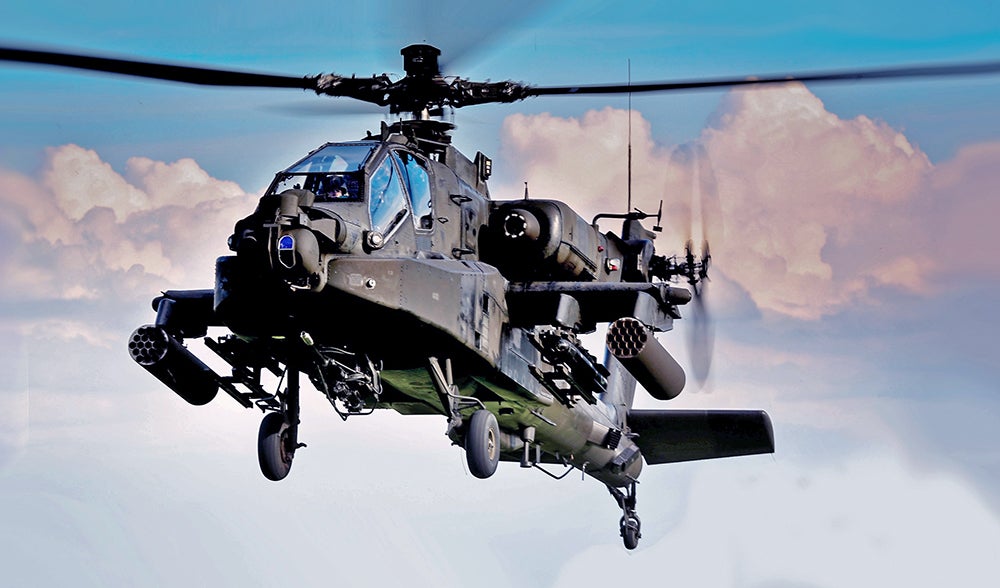
September 30, 1975 – The first flight of the Boeing AH-64 Apache.
“Soviet ground forces outnumber US ground forces by virtually every criterion: total ground force personnel; number of divisions; and ground force systems, especially tanks (5:1), personnel carriers (2.5:1), artillery pieces (4:1), and heavy mortars (2.5:1).”
These words were spoken by US Air Force General George Brown, at a time when a large ground war against the Soviet Union was still a very serious possibility, and General Brown highlighted the enormous gap in men and materiel faced by the West in any potential conflict with Russia. Coming so soon after the end of American involvement in the Vietnam War, where the attack helicopter had its baptism of fire and proved its mettle over the battlefield, General Brown’s comments made it clear that the US needed a new dedicated attack helicopter to face a potential European invasion by the Soviet Union that would likely be spearheaded by huge numbers of tanks and armored personnel carriers.
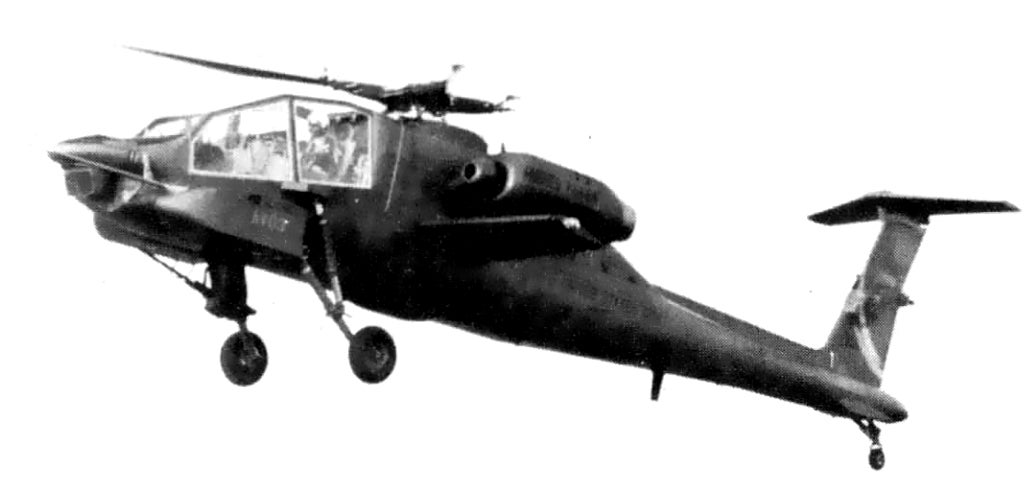
An early experimental attack helicopter built by Hughes in 1976, which later became the AH-64 Apache
In response to this threat, the US Army initiated the Advanced Attack Helicopter (AAH) program in 1972 to find a more capable replacement for the !!!error: Indecipherable SUB-paragraph formatting!!! that had entered service during the Vietnam War. Bell Helicopter, Boeing Vertol/Grumman, Hughes, Lockheed, and Sikorsky all submitted proposals. The Army selected Bell to build a prototype of their !!!error: Indecipherable SUB-paragraph formatting!!! , while Hughes was awarded a contract to build a prototype YAH-64 further evaluation, and the Army named Hughes the winner in 1976. Both helicopters were similar in capability and design, but the Army cited the YAH-64's four-bladed rotor that could withstand greater battle damage, and the greater stability of its tail-dragger landing gear as two of the main reasons for their selection.
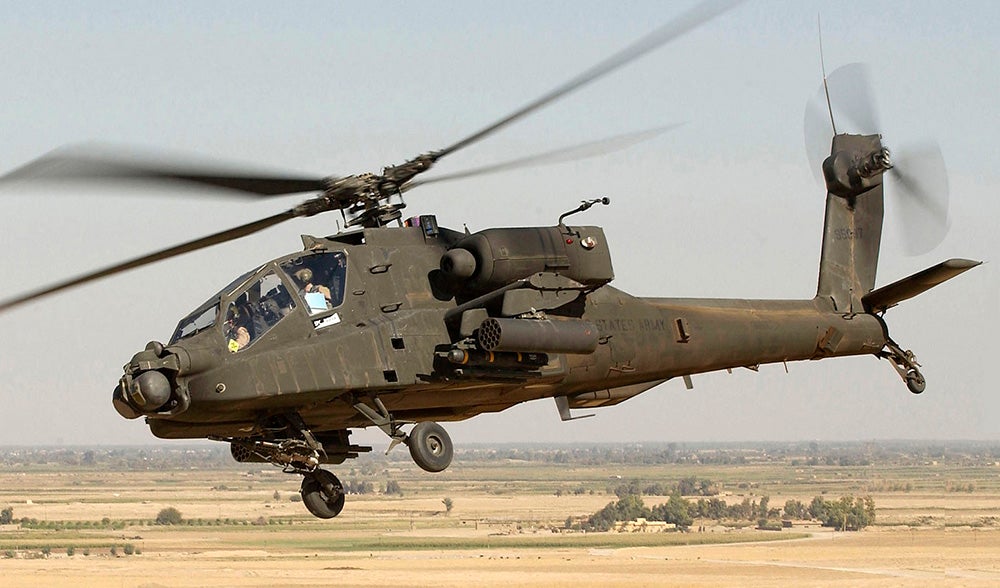
An AH-64D Apache in flight over Iraq in 2005
Like the Cobra, the Apache has a tandem cockpit, with pilot in the rear and co-pilot/gunner in the front, but it is powered by two !!!error: Indecipherable SUB-paragraph formatting!!! turboshaft engines for added survivability over the Cobra’s single engine. The AH-64 was initially armed with the new !!!error: Indecipherable SUB-paragraph formatting!!! (an acronym for “Helicopter launched, fire-and-forget missile”), as well as a single chin-mounted 30mm !!!error: Indecipherable SUB-paragraph formatting!!! which held 1,200 rounds of ammunition. Two stub wings support hardpoints for air-to-ground rockets, missiles, or !!!error: Indecipherable SUB-paragraph formatting!!! air-to-air missiles for defense. The weapons load can be tailored to the needs of the mission, whether it was anti-armor, ground support, or helicopter escort.
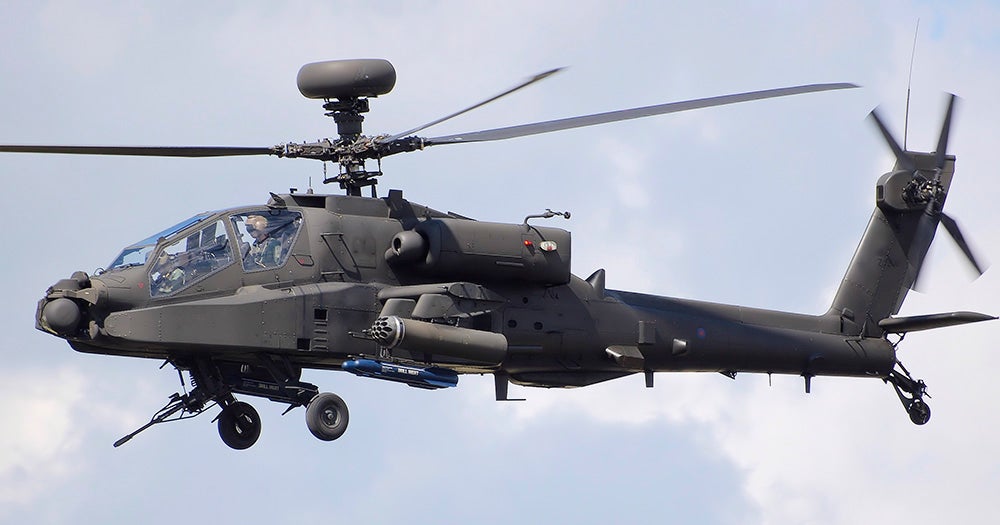
Westland Apache WAH-64D Longbow helicopter of the UK Army, built under license by AgustaWestland, displays at Kemble Air Day 2008, Kemble Airport, Gloucestershire, England
The Apache entered service with the US Army in 1986 and saw its first combat action in the US invasion of Panama during
!!!error: Indecipherable SUB-paragraph formatting!!!
. It then saw extensive action in the
!!!error: Indecipherable SUB-paragraph formatting!!!
and later in the skies over Afghanistan and Iraq, where it has performed admirably in the anti-tank,
!!!error: Indecipherable SUB-paragraph formatting!!!
(COIN), and
!!!error: Indecipherable SUB-paragraph formatting!!!
(CAS) roles. By 2011, the Apache fleet had acquired over three million flight hours since its maiden flight, and the potent attack helicopter has been continuously upgraded throughout its service life. The AH-64D model features the addition of the AN/APG-78 Longbow fire-control radar and Radar Frequency Interferometer to detect enemy radar emission, both of which are housed in a radome mounted on the mast above the main rotor. This variant took over the scout role once held by the
!!!error: Indecipherable SUB-paragraph formatting!!!
. Export versions of the AH-64 serve with Israel, the Netherlands, the United Kingdom, Egypt, and in smaller numbers with 10 other nations. Over 2,400 have been built to date, and the Apache remains in production by Boeing.
!!! UNKNOWN CONTENT TYPE !!!
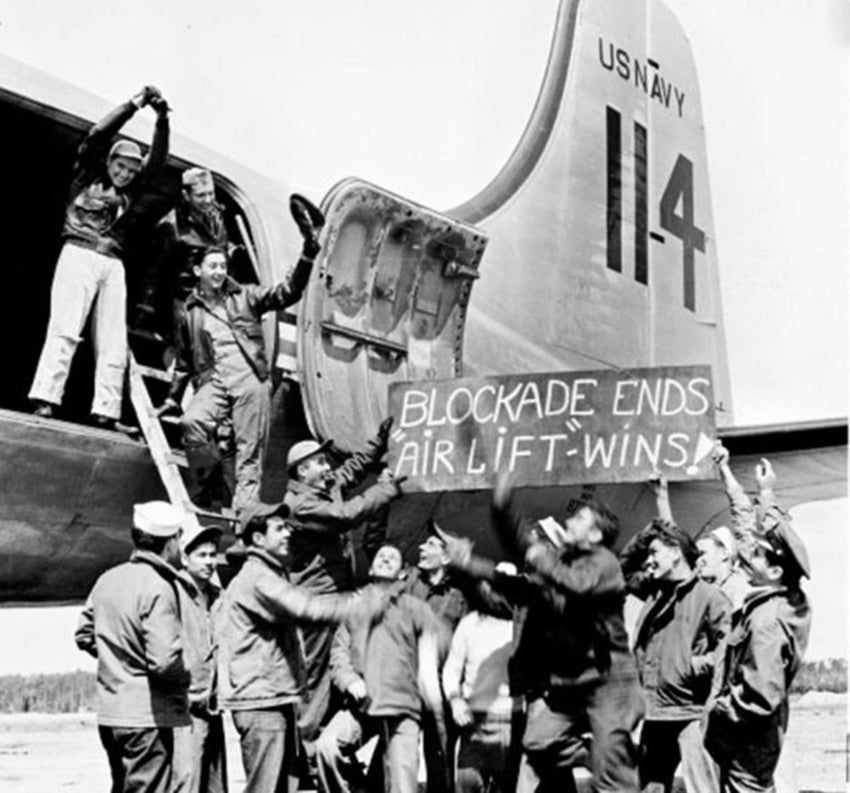
September 30, 1949 – The Berlin Airlift officially ends. Following the !!!error: Indecipherable SUB-paragraph formatting!!! in France on June 6, 1944, Germany found itself being squeezed on two fronts. The Allies were pushing eastward on a broad front throughout Europe, while the Russians were moving westward at a breakneck pace to reach the German capital ahead of the Western allies. Berlin fell to the Russians on May 2, 1945 and, as had been decided at the !!!error: Indecipherable SUB-paragraph formatting!!! held in February of that year, the city was divided into four zones. The Russians controlled the eastern sector of the city, while the rest was divided between the French, British and Americans. The Soviets also occupied the whole of Eastern Germany, while the Allies held Western Germany. As a result of these divisions, the capital city of Berlin ended up deep inside Eastern Germany, which was fully controlled by the Russians.
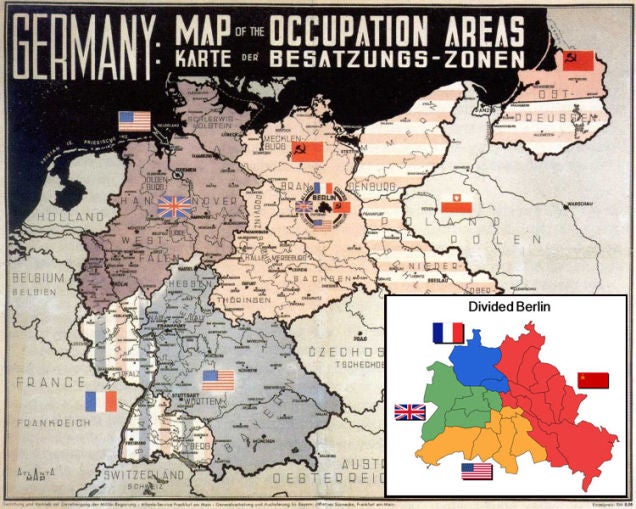
Germany, divided after the war. Berlin, the German capital, lies deep in the Soviet-controlled eastern part of the country
Though the shooting war was over, the !!!error: Indecipherable SUB-paragraph formatting!!! between the Western Bloc (the US and its future NATO allies) and Russia had begun. The fragile wartime alliance between the West and the Soviet Union ended, and both sides sought to influence the political makeup of Europe, and the world, through economic and political policies and !!!error: Indecipherable SUB-paragraph formatting!!! . On June 24, 1948, in an effort to bring the city of Berlin under complete Soviet control, the Russians cut off the western sectors of the city from the outside world, severed water connections, and halted all vehicular and river traffic into or out of the Allied sectors. West Berlin was effectively cut off from the rest of Western Europe, and it became an island of democracy inside Communist East Germany.
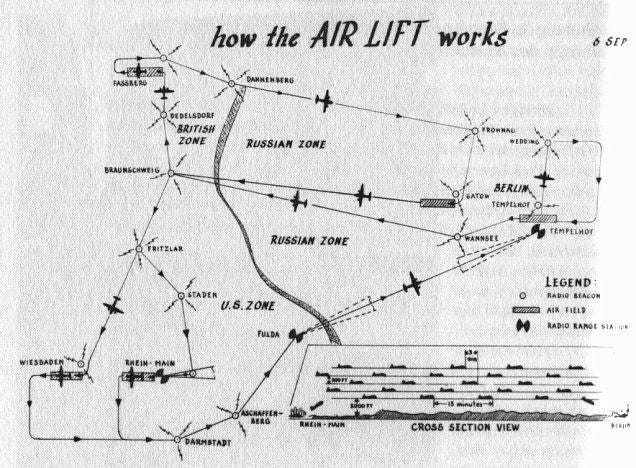
Using the three corridors for one-way traffic, American cargo aircraft departed from Wiesbaden and Rhein-Main in the south, while British cargo aircraft departed from Fassberg and flew to RAF Gatow in southwest Berlin
Though the Russians could effectively wall off Berlin by blocking the roads and bridges, they could not put a roof over the city, and the Western allies began the the greatest airlift of supplies in history to support the beleaguered city. Though the Russians controlled all ground access to Berlin, they had agreed prior to the blockade to let the Western allies use three air corridors from western Germany into Berlin. These corridors formed the supply route, a lifeline to the besieged city. Starting haphazardly at first on June 24, 1948, the operation was taken over by US Brigadier General Joseph Smith, who had commanded !!!error: Indecipherable SUB-paragraph formatting!!! under General !!!error: Indecipherable SUB-paragraph formatting!!! during the war. But Smith had no airlift experience, and he was soon replaced by Major General !!!error: Indecipherable SUB-paragraph formatting!!! , a veteran of airlift operations over the Himalayas during the fight against Japan. Tunner cobbled together an aerial armada of !!!error: Indecipherable SUB-paragraph formatting!!! and British C-47 Dakotas, !!!error: Indecipherable SUB-paragraph formatting!!! airliners, and !!!error: Indecipherable SUB-paragraph formatting!!! and started round-the-clock flights. He instituted strict new rules to streamline the operation by requiring !!!error: Indecipherable SUB-paragraph formatting!!! landings regardless of weather conditions and eliminating the !!!error: Indecipherable SUB-paragraph formatting!!! of aircraft while planes awaited landing. If an aircraft missed an approach, the crew was required to return to their starting point, fully laden, and try again. Tunner also required air crews to stay with their planes at all times, and refreshments were brought out to the crews on the tarmac so they could take off immediately after unloading. West Berlin citizens pitched in to help unload the planes.
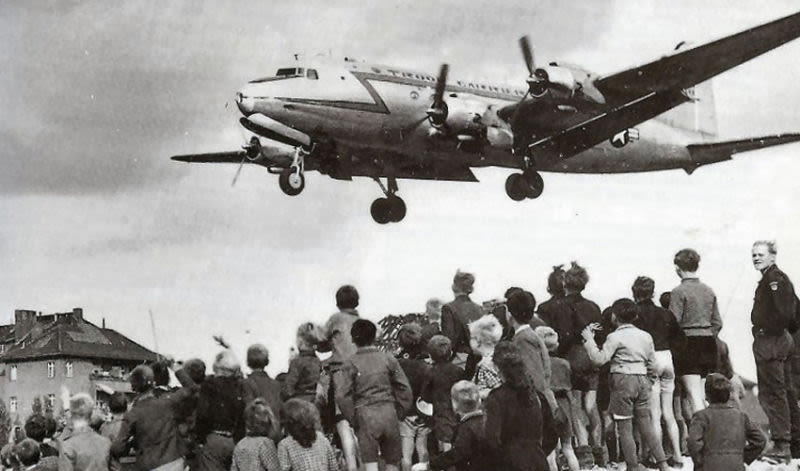 !!!CAPTION ERROR: MAY BE MULTI-LINE OR CONTAIN LINK!!!
!!!CAPTION ERROR: MAY BE MULTI-LINE OR CONTAIN LINK!!!
By the end of August 1948, 1,500 flights per day—one landing every minute—were delivering more than 5,000 tons of food, coal, and other supplies, enough to keep the city fed and powered in spite of the blockade. On Easter Sunday, 1949, the airlift delivered a staggering 13,000 tons of cargo, including the equivalent of 600 railroad cars of coal. The airlift continued for 11 months, and made more than 189,000 flights totaling nearly 600,000 hours of flying that covered more than 92 million miles. Faced with this herculean effort, the Soviets finally conceded and lifted the blockade one minute after midnight on May 12, 1949. Despite that, the flights continued for four more months. West Berlin remained a free city, and it stood as a powerful symbol of the West’s resolve to fight the spread of Communism in Europe before the
!!!error: Indecipherable SUB-paragraph formatting!!!
in 1990.
!!! UNKNOWN CONTENT TYPE !!!
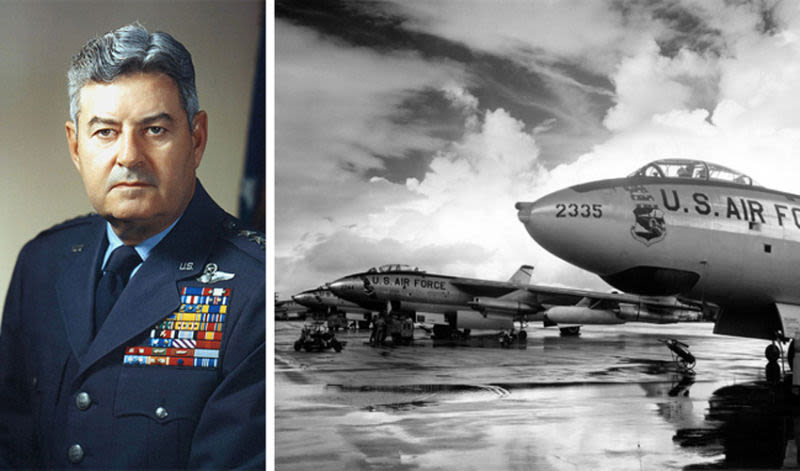
October 1, 1990 – The death of Curtis LeMay. During the Second World War, strategic bombing became one of the most potent elements of modern warfare, and one man took the lead in shaping the bombing program for the US, molding it into one of the most powerful—and controversial—forces in the world. Born in Columbus, Ohio in 1906, Curtis LeMay earned a bachelor’s degree in civil engineering from Ohio State University before receiving a commission in the US Army Air Corps (USAAC) in 1930. He began his military career flying pursuit fighters, and served as a navigator aboard the !!!error: Indecipherable SUB-paragraph formatting!!! . When WWII began, LeMay’s reputation for discipline and perfection hastened his rapid rise through the ranks of the USAAC. He first large command was of a B-17 squadron based in England, where he helped to develop the !!!error: Indecipherable SUB-paragraph formatting!!! formation that later became standard practice for all American strategic bombing missions. Later, as the commander of a squadron of !!!error: Indecipherable SUB-paragraph formatting!!! , he personally led many dangerous missions, and threatened crews with a court-martial if they failed to reach the target. His insistence on discipline and doing things his way earned him nicknames such as “Old Iron Pants” and the “Big Cigar.”
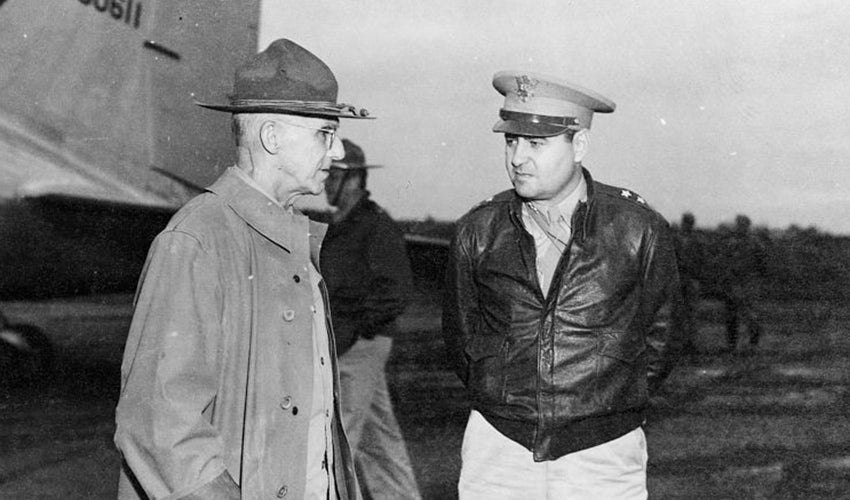 !!!CAPTION ERROR: MAY BE MULTI-LINE OR CONTAIN LINK!!!
!!!CAPTION ERROR: MAY BE MULTI-LINE OR CONTAIN LINK!!!
In 1944, LeMay was transferred to the Pacific Theater. Japanese war industries were decentralized and spread among the civilian population, and LeMay found that the bombing tactics used in Europe were unsuited to the war in Asia. To address the poor success rate of high-altitude bombing, LeMay had his crews switch to low level, nighttime !!!error: Indecipherable SUB-paragraph formatting!!! against the Japanese homeland, where many of the cities were largely constructed of wood. These fire raids killed an estimated 500,000 Japanese civilians, and led to vicious reprisals against American POWs. However, despite the high civilian casualties, LeMay remained dedicated to his methods, believing that if his tactics could shorten the war by one day it would be worth it. The incendiary attacks continued until the Japanese surrender in 1945, even after the atomic attacks on Hiroshima and Nagasaki.
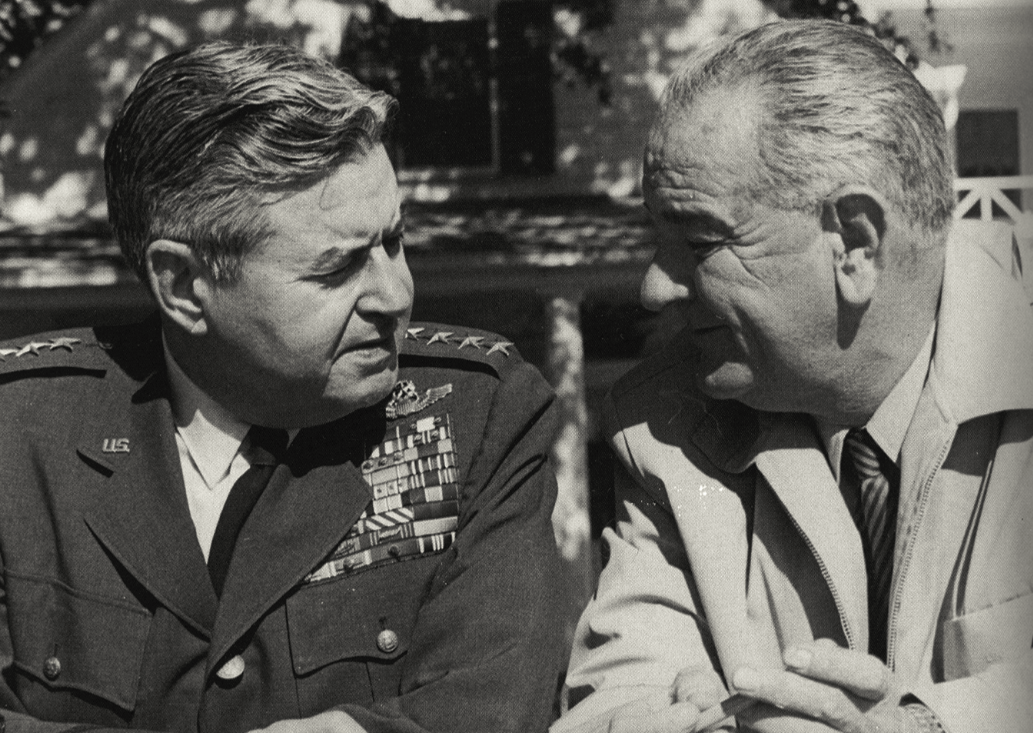
General LeMay confers with President Johnson at the president’s Texas ranch in 1962. Johnson later confided to an aide that the tough-talking general “Scares the hell out of me.”
In 1948, with Berlin under a Russian blockade, LeMay took over and reorganized the !!!error: Indecipherable SUB-paragraph formatting!!! which, at its peak, brought in 5,000 tons of supplies on 500 flights per day to the besieged city, with one cargo aircraft landing every minute. By the end of the Airlift in 1949, 213,000 flights had brought in 1.7 million tons of supplies, and the Russians lifted their blockade. Also in 1948, LeMay took over the nascent !!!error: Indecipherable SUB-paragraph formatting!!! (SAC), molding it into an effective tool for the nuclear age and projecting American power around the globe with high-flying strategic bombers such as the !!!error: Indecipherable SUB-paragraph formatting!!! , !!!error: Indecipherable SUB-paragraph formatting!!! , and !!!error: Indecipherable SUB-paragraph formatting!!! .
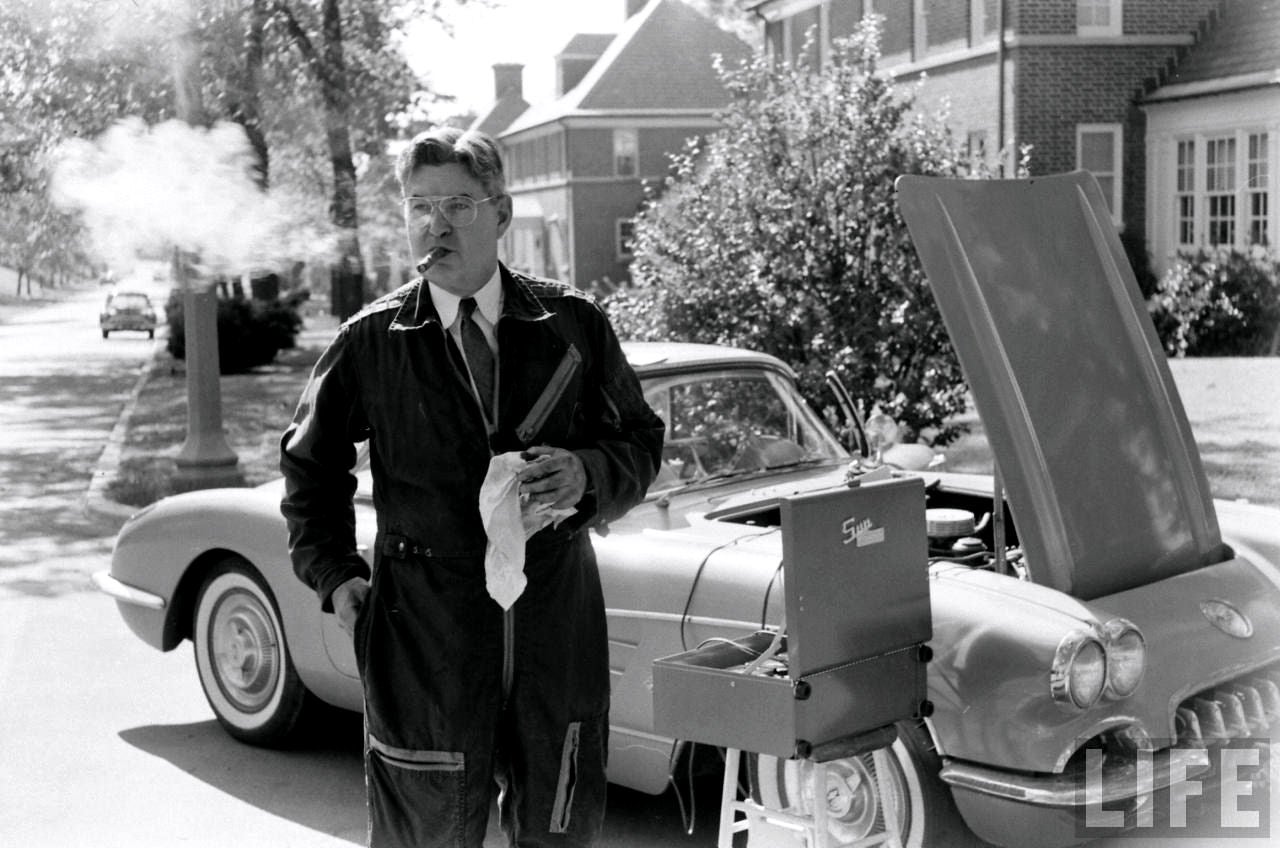
LeMay, with his trademark cigar, works on his Corvette in 1971
LeMay served as the US Air Force Chief of Staff from 1961 until his retirement in 1965, and was !!!error: Indecipherable SUB-paragraph formatting!!! running mate for the Alabama governor’s unsuccessful presidential bid in 1968. Outside his Air Force service, LeMay was a sports car owner and racing enthusiast, and he famously allowed the !!!error: Indecipherable SUB-paragraph formatting!!! (SCCA) to use SAC facilities to hold their races as a safer alternative to racing on roads. For his support of the SCCA, LeMay was inducted into the SCCA Hall of Fame in 2007. LeMay died of a heart attack at March Air Force Base and is buried at the US Air Force Academy Cemetery in Colorado Springs, Colorado.
!!! UNKNOWN CONTENT TYPE !!!
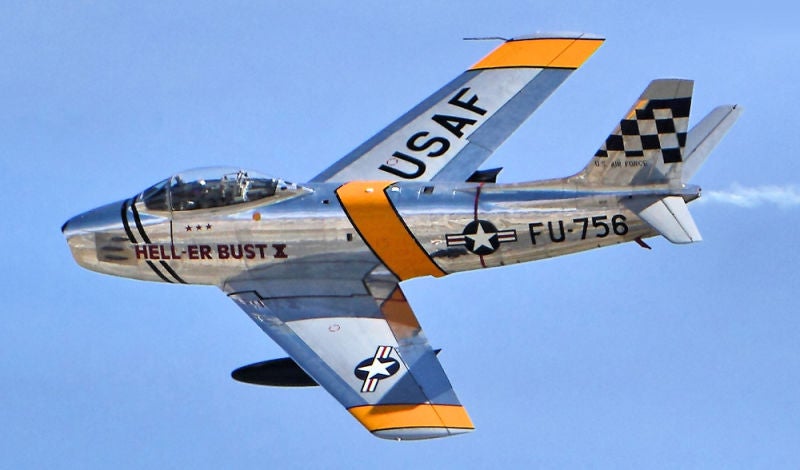
October 1, 1947 – The first flight of the North American F-86 Sabre. !!!error: Indecipherable SUB-paragraph formatting!!! was founded in 1928, and the company made an early name for itself with the production of training aircraft, notably the !!!error: Indecipherable SUB-paragraph formatting!!! , one of the most-produced trainers in history. During WWII, North American provided aircraft for the war effort, and produced many of the iconic airplanes of the war, including the !!!error: Indecipherable SUB-paragraph formatting!!! and the remarkable !!!error: Indecipherable SUB-paragraph formatting!!! . Though the propeller aircraft reached its zenith during WWII, the war years were also a time of transition, as the piston engine began to give way to the jet engine as the powerplant of the future.
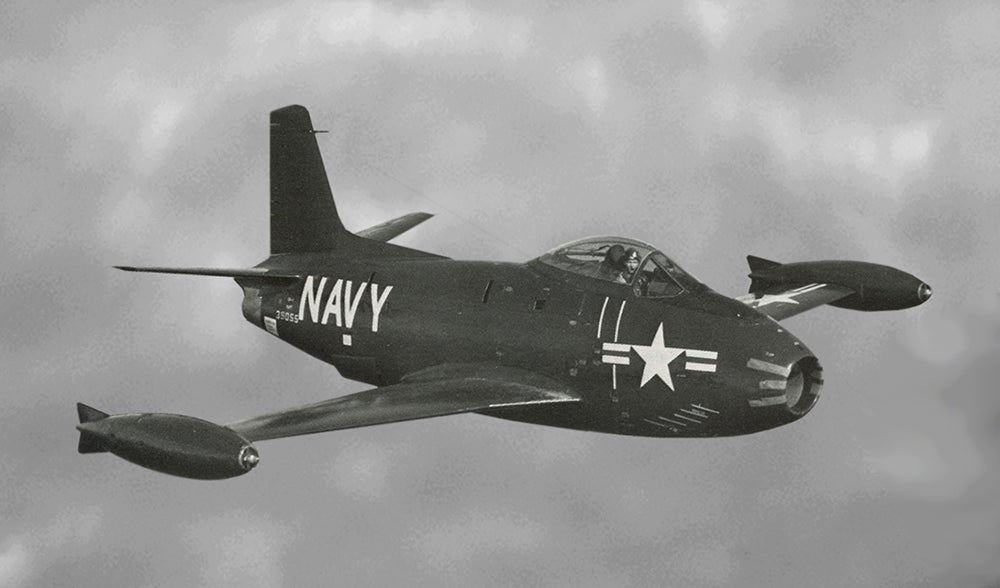
The straight-winged FJ-1 Fury. Though the Fury was unsuccessful, the lines of the future F-86 are apparent.
North American made its first foray into jet fighter design with the !!!error: Indecipherable SUB-paragraph formatting!!! , an unremarkable, straight-winged fighter built for the US Navy that borrowed the tail, wings and canopy of the P-51 Mustang. The US Air Force was just about to purchase the Fury for themselves as the XP-86, but the new fighter was not capable of reaching the speeds the Air Force required. It was here that aviation history took a fateful turn. Based on aerodynamic data obtained from Germany at the end of the war, North American replaced the straight wings of the Fury wings swept back at 35 degrees. The iconic Sabre was born.
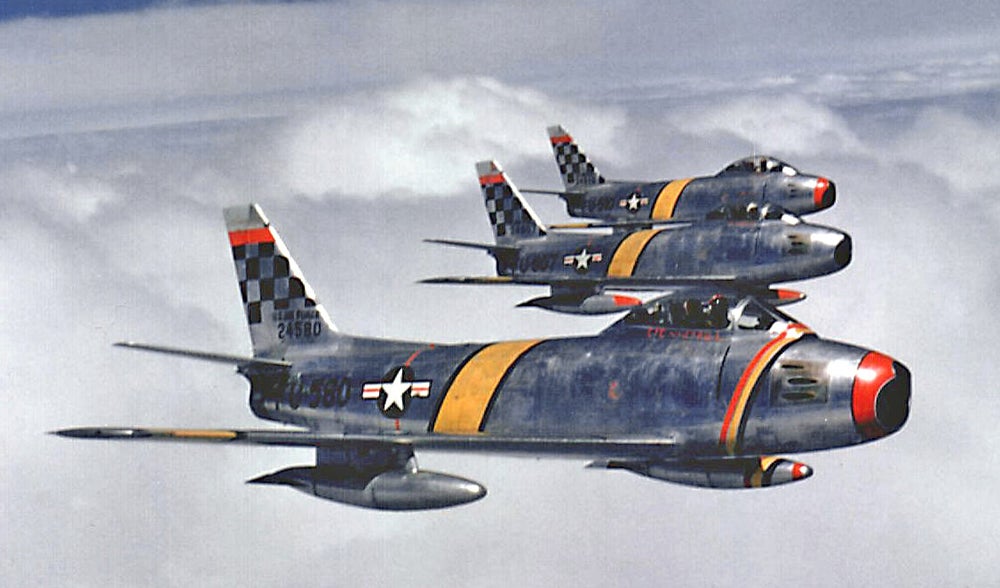
A trio of F-86F Sabres assigned to the 51st Fighter-Interceptor Wing fly over Korea in 1953
Testing of the early Sabres showed the Air Force that they had a winner on their hands. On September 5, 1948, Air Force pilot Maj. Richard Johnson set an official world speed record of 671 mph, and the Sabre became the first jet aircraft to exceed Mach 1 while flying in a shallow dive. Soon after its introduction, the Sabre went to war in 1949 in the skies over Korea. There it became the preeminent US jet fighter of the Korean War, and often tangled with Soviet-built !!!error: Indecipherable SUB-paragraph formatting!!! fighters in the northwest corner of North Korea along the Yalu River, an area the Americans dubbed “ !!!error: Indecipherable SUB-paragraph formatting!!! .” Though the MiG-15 was superior to the early Sabres, advances in engine and firepower soon brought the Sabre to parity with the MiG, and American pilots, many of whom had gained invaluable combat experience during WWII, claimed 792 victories over North Korean and Chinese pilots against the loss of only 78 Sabres. More recent scholarship, however, places the ratio at closer to 2:1. Nevertheless, 41 American pilots who became aces during the Korean War, and all but one of them flew Sabres. The top scoring US ace of the war, !!!error: Indecipherable SUB-paragraph formatting!!! , claimed 16 jet-to-jet victories, and other notable pilots such as !!!error: Indecipherable SUB-paragraph formatting!!! , !!!error: Indecipherable SUB-paragraph formatting!!! , and others who would take part in the fledgeling American space program, such as !!!error: Indecipherable SUB-paragraph formatting!!! and !!!error: Indecipherable SUB-paragraph formatting!!! , flew the Sabre in combat.
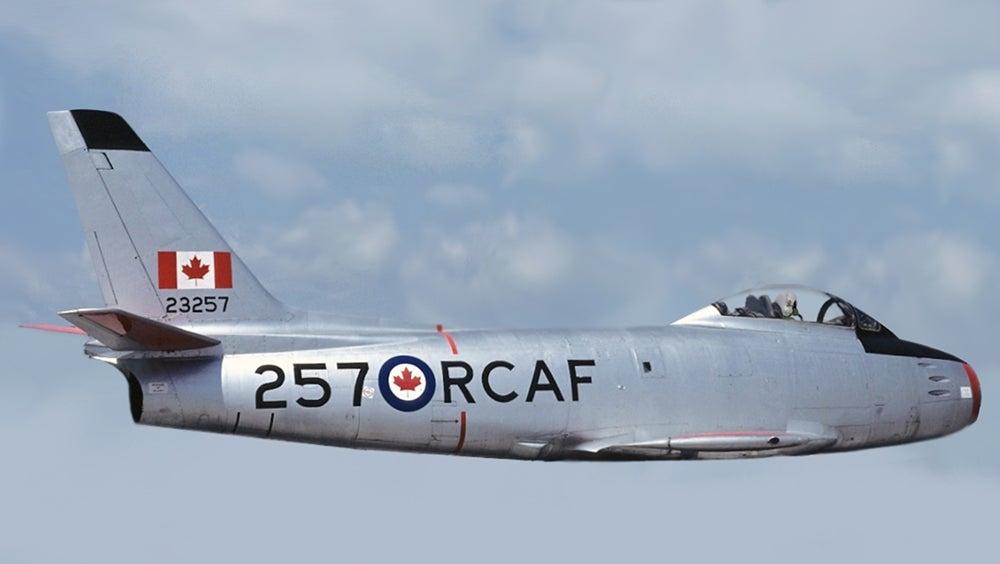
A Canadair CL-13A Sabre of the Royal Canadian Air Force
With the end of the Korean War, most Sabres were transferred stateside to fly with Air National Guard units, while export Sabres continued to be flown in combat in conflicts around the world. A total of 26 nations flew the F-86, and over 1,800 were produced under license in Canada as the
!!!error: Indecipherable SUB-paragraph formatting!!!
. In all, a total of 9,860 Sabres were built, the most of any Western jet fighter, and the US finally retired its last Sabres in 1970. Bolivia was the last export country to retire its Sabres in 1994. The remarkable F-86 was further developed into the
!!!error: Indecipherable SUB-paragraph formatting!!!
interceptor, the
!!!error: Indecipherable SUB-paragraph formatting!!!
, the
!!!error: Indecipherable SUB-paragraph formatting!!!
which did not enter into production, and the
!!!error: Indecipherable SUB-paragraph formatting!!!
and
!!!error: Indecipherable SUB-paragraph formatting!!!
for the US Navy.
!!! UNKNOWN CONTENT TYPE !!!
!!! UNKNOWN CONTENT TYPE !!!
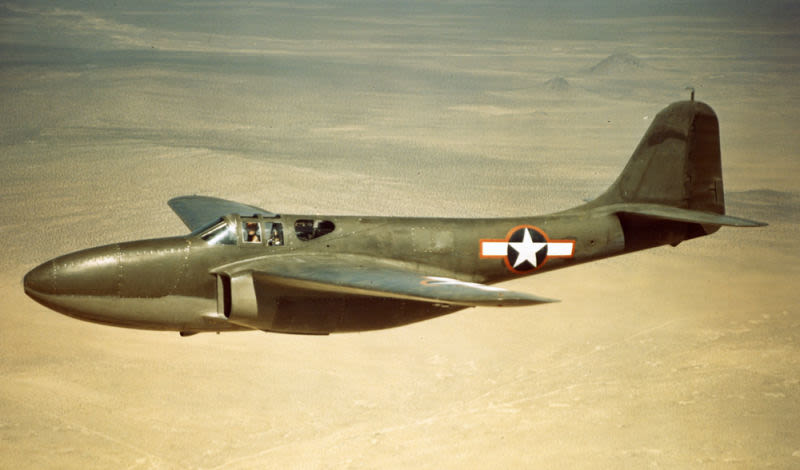
October 2, 1942 – The first flight of the Bell XP-59 Airacomet. In the period before and during WWII, American jet engine development lagged behind the work being done in Europe. Germany flew the first jet-powered aircraft, the !!!error: Indecipherable SUB-paragraph formatting!!! , in the summer of 1939, even before the war had begun, and fielded the first operational jet fighter with the !!!error: Indecipherable SUB-paragraph formatting!!! . Britain flew their first jet aircraft, the !!!error: Indecipherable SUB-paragraph formatting!!! , in 1941, and their first jet fighter, the !!!error: Indecipherable SUB-paragraph formatting!!! , entered service in 1944. As part of an agreement between the US and Britian to share British technology in exchange for American help manufacturing military hardware, the US obtained plans for the !!!error: Indecipherable SUB-paragraph formatting!!! turbojet engine, and a complete engine was flown back to the US in the bomb bay of a !!!error: Indecipherable SUB-paragraph formatting!!! . The plans were given to General Electric to manufacture the !!!error: Indecipherable SUB-paragraph formatting!!! -designed engine under license as the !!!error: Indecipherable SUB-paragraph formatting!!! .
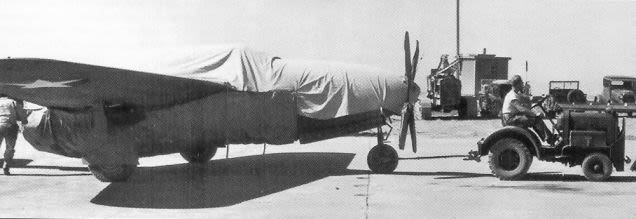
XP-59 fitted with wooden propeller and covered with shrouds to conceal the true source of its propulsion
The US Army Air Corps then approached !!!error: Indecipherable SUB-paragraph formatting!!! , head of Bell Aircraft, to design a fighter around the new power plant. Secrecy was paramount. At the time, Bell was developing a twin-boom, pusher propeller fighter that the USAAF had designated the !!!error: Indecipherable SUB-paragraph formatting!!! , and the Army Air Forces assigned the same designation to its new jet fighter in the hopes that observers might think it was just a development of the piston-powered XP-59. When the propeller-driven XP-59 failed to progress beyond wind tunnel mockups, the unrelated jet-powered fighter became the sole XP-59. The ruse was further perpetuated when, during ground movements of the first aircraft at Muroc Army Air Field ( !!!error: Indecipherable SUB-paragraph formatting!!! today), a !!!error: Indecipherable SUB-paragraph formatting!!! was affixed to the nose and shrouds were placed over the engine nacelles to hide the true source of the aircraft’s power.
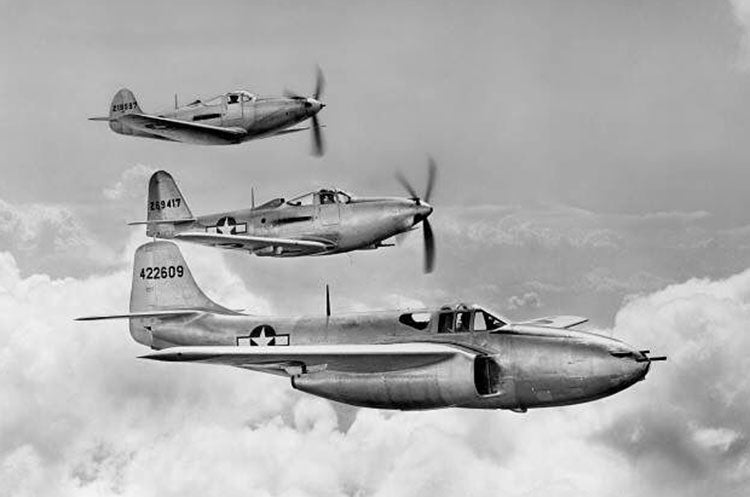
A Bell family photo: the first production P-59A flies in formation with a Bell P-63 King Cobra (center) and a Bell P-39 Airacobra (top)
Bell finalized the design for the Airacomet in January 1942 and, even before the first prototype was flown, the US placed an order for 13 aircraft. Unlike the Meteor and the Me 262, both of which had their two engines housed in wing-mounted pods, the Airacomet integrated its engines and intake nacelles into the fuselage, an arrangement that heavily influenced future jet aircraft design. The Airacomet’s first flight was accidental, as Bell test pilot Robert Stanley unintentionally lifted off the ground during high-speed taxi tests on October 1. The official maiden flight was made the following day, October 2. In testing, the Airacomet generally performed well, though it showed a tendency to yaw from side to side and was deemed unsuitable as a fighter.
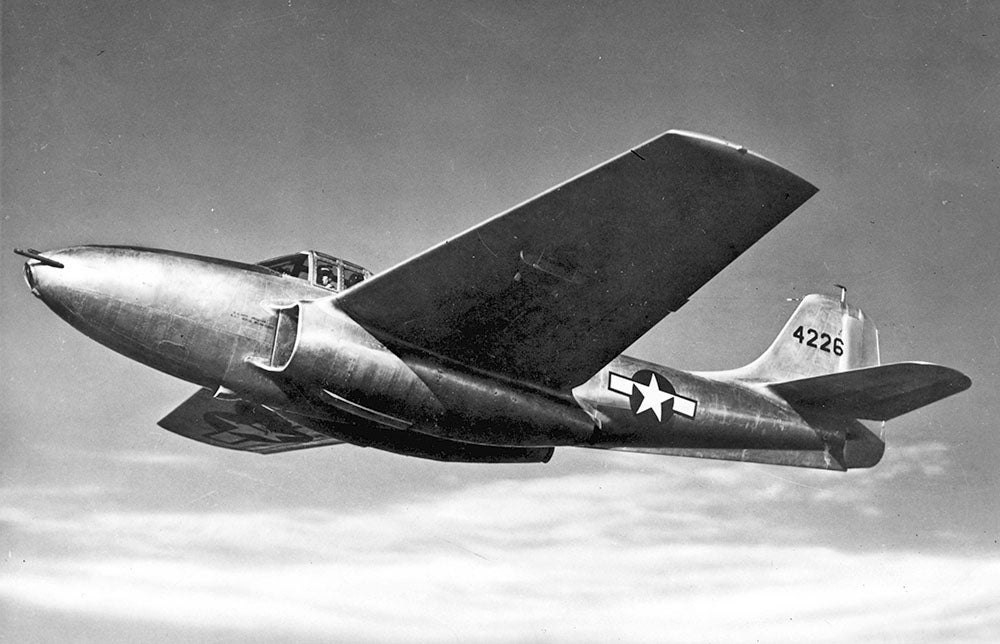
Bell P-59B Airacomet. Though faster than the P-39A, the B model was still no faster than the top piston-powered fighters of its day.
With a top speed of 404 mph, it was no great leap forward from contemporary propeller fighters. Even when the P-59B was given upgraded engines it’s top speed only just equaled that of the !!!error: Indecipherable SUB-paragraph formatting!!! . A further development of the Airacomet, with a single engine, was considered, but that project was eventually handed off to !!!error: Indecipherable SUB-paragraph formatting!!! , where !!!error: Indecipherable SUB-paragraph formatting!!! developed it into the !!!error: Indecipherable SUB-paragraph formatting!!! , the first jet fighter to be flown operationally by the US. A total of 66 Airacomets were produced, and though the aircraft saw only limited service, it still proved useful for training the first generation of jet fighter pilots and mechanics, who used the P-59 to learn the characteristics of jet flight and maintenance before transitioning to more modern aircraft.
!!! UNKNOWN CONTENT TYPE !!!
Short Takeoff
!!! UNKNOWN CONTENT TYPE !!!
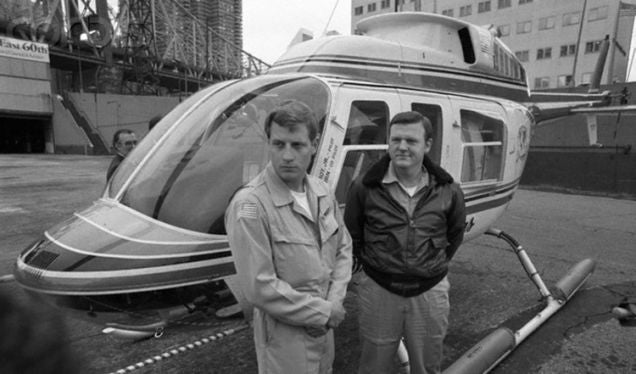
Coburn, left, and Perot.
September 30, 1982 – H. Ross Perot and J.W. Coburn complete the first circumnavigation of the globe by helicopter. In an effort to beat Australian Dick Smith, who had started his own attempt at a circumnavigation by helicopter, Texas billionaire Perot purchased a stock !!!error: Indecipherable SUB-paragraph formatting!!! , christened it Spirit of Texas , then modified it to hold more fuel, deployable pontoons, and upgraded navigational equipment. With Coburn as pilot, the pair set out from Dallas on September 1 and made 56 refueling stops while crossing 26 countries and flying 26,000 miles before returning to Dallas. One stop was made aboard a container ship in 15-foot seas and 40 mph winds since Russia would not allow the team to land in the Soviet Union. Perot also paid for a !!!error: Indecipherable SUB-paragraph formatting!!! and crew to support the flight. The circumnavigation took a total of 246 flight hours at an average ground speed of 117 mph, and an overall average of 35 mph, setting a world record for flight time in a helicopter. The Spirit of Texas now resides at the National Air and Space Museum.
!!! UNKNOWN CONTENT TYPE !!!
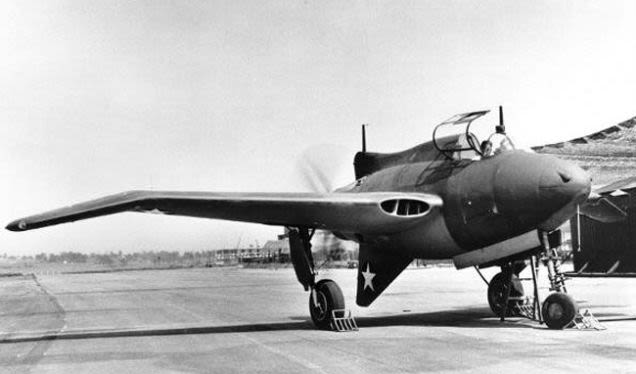
September 30, 1943 – The first flight of the Northrop XP-56 Black Bullet, an experimental fighter developed in response to the US Army Air Corps’ 1938 !!!error: Indecipherable SUB-paragraph formatting!!! which was intended to encourage the design of radical new aircraft to stay ahead of European advances in aircraft designs. The Black Bullet was built around the experimental !!!error: Indecipherable SUB-paragraph formatting!!! engine, and was essentially a flying wing with bent wings and no vertical stabilizer, though a stabilizer was added later to improve handling. Flight tests were disappointing and showed little promise for challenging the performance of traditional fighters, and the project was canceled after 10 test flights. However, Northrop pioneered the use of magnesium in the airframe, and patented a process for !!!error: Indecipherable SUB-paragraph formatting!!! magnesium welding.
!!! UNKNOWN CONTENT TYPE !!!
!!! UNKNOWN CONTENT TYPE !!!
!!! UNKNOWN CONTENT TYPE !!!
!!! UNKNOWN CONTENT TYPE !!!
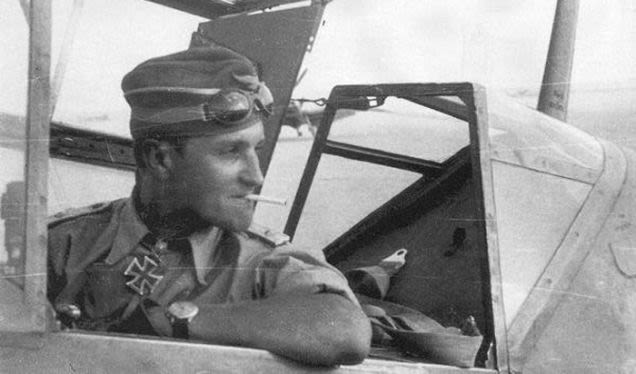
September 30, 1942 – The death of German Luftwaffe ace Hans-Joachim Marseille. Marseille was born on December 13, 1919, and joined the Luftwaffe in 1938 at age 19. He took part in his first aerial dogfights during the !!!error: Indecipherable SUB-paragraph formatting!!! , but his wild lifestyle away from battle caused him to be transferred to the Mediterranean theater. Marseille was based in North Africa and spent his entire career in the !!!error: Indecipherable SUB-paragraph formatting!!! . He perfected the method of !!!error: Indecipherable SUB-paragraph formatting!!! fire, aiming in front of the enemy fighter rather than chasing it from the rear. Nicknamed the Star of Africa for his extraordinary tally of victories, Marseille downed 158 enemy aircraft, all but seven against experienced British pilots, including a remarkable 17 victories in one day. He was killed when an engine fire forced him to bail out of his Bf 109. He struck the tail of his aircraft and was unable to open his parachute.
!!! UNKNOWN CONTENT TYPE !!!
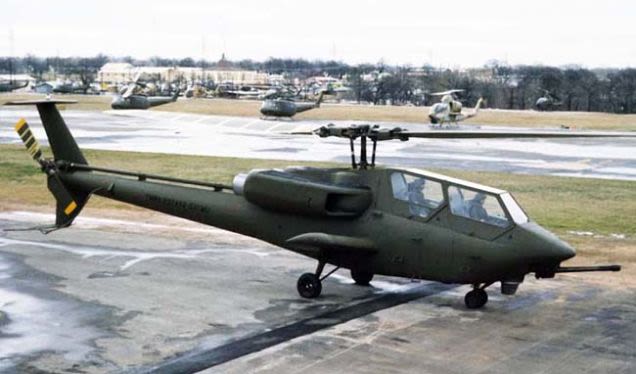
October 1, 1975 – The first flight of the Bell YAH-63, the unsuccessful entrant into the US Army’s !!!error: Indecipherable SUB-paragraph formatting!!! (AAH) competition announced in 1972. Bell’s entry lost to the Hughes YAH-64, which would enter production in 1983 as the !!!error: Indecipherable SUB-paragraph formatting!!! (now produced by Boeing). The Army cited Bell’s two rotor blades as being more vulnerable to ground fire than the Apache’s four, and felt the tricycle landing gear was less stable. Bell would use the lessons learned with the YAH-63 to help develop the !!!error: Indecipherable SUB-paragraph formatting!!! , an upgraded version of the earlier !!!error: Indecipherable SUB-paragraph formatting!!! attack helicopter.
!!! UNKNOWN CONTENT TYPE !!!

October 1, 1958 – The National Aeronautics and Space Administration (NASA) becomes operational. NASA has its origin in NACA, the !!!error: Indecipherable SUB-paragraph formatting!!! , an agency created in 1915 to further the efforts of aeronautic research and technological development in the United States. However, at the dawn the space age following WWII, it became clear that the US needed an organization for a new era. The !!!error: Indecipherable SUB-paragraph formatting!!! carries the simple preamble “To provide for research into problems of flight within and outside the earth’s atmosphere, and for other purposes.” The Act goes on to say that “The Congress hereby declares that it is the policy of the United States that activities in space should be devoted to peaceful purposes for the benefit of all mankind.” In addition to NASA’s high profile space programs such as !!!error: Indecipherable SUB-paragraph formatting!!! , !!!error: Indecipherable SUB-paragraph formatting!!! , !!!error: Indecipherable SUB-paragraph formatting!!! , the !!!error: Indecipherable SUB-paragraph formatting!!! , and the !!!error: Indecipherable SUB-paragraph formatting!!! , the organization continues to fund research into all aspects of space exploration, space travel, aviation, and related sciences. NASA’s latest large project, the !!!error: Indecipherable SUB-paragraph formatting!!! and the !!!error: Indecipherable SUB-paragraph formatting!!! Multi-Purpose Crew Vehicle, Hopes to return astronauts to the Moon, create a permanent lunar station, and one day journey to Mars.
!!! UNKNOWN CONTENT TYPE !!!
!!! UNKNOWN CONTENT TYPE !!!
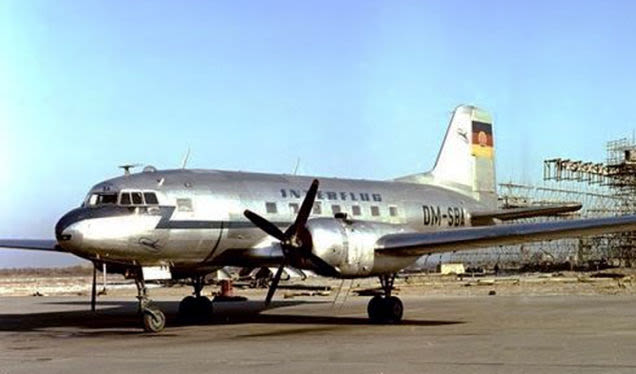
October 1, 1950 – The first flight of the Ilyushin Il-14, a civilian and military transport aircraft that was developed to replace the !!!error: Indecipherable SUB-paragraph formatting!!! along with its Russian-built version, the !!!error: Indecipherable SUB-paragraph formatting!!! . Developed from the !!!error: Indecipherable SUB-paragraph formatting!!! , the Il-14 was produced in Russia, former East Germany, former Czechoslovakia, and China. Over 1,300 were built, and they served in many Eastern Bloc and Russian allied countries. Following the Soviet aircraft design ethos, the Il-14 was of rugged construction and designed to operate from rough and unimproved airstrips. The last Russian aircraft were retired in 2005, though a handful remain operational today.
!!! UNKNOWN CONTENT TYPE !!!

October 2, 1981 – US President Ronald Reagan restarts the Rockwell B-1 Lancer program. The original B-1A, which first flew in 1974, had been developed as a supersonic nuclear and conventional bomber designed to replace both the !!!error: Indecipherable SUB-paragraph formatting!!! and !!!error: Indecipherable SUB-paragraph formatting!!! . But citing cost overruns, as well as the proliferation of !!!error: Indecipherable SUB-paragraph formatting!!! , the project was canceled in 1977 by President Jimmy Carter. By the time Ronald Reagan took office in 1981, the doctrine of fighting the Soviet Union had changed, and the US was faced with regional conflicts that were seen as difficult to fight with the existing B-52. As part of his promise to rebuild the US military, President Reagan restarted the B-1 program, and the bomber was developed into the B-1B, an upgraded and more capable version of the original B-1A. Rockwell received a contract to build 100 Lancers at a cost of $2.2 billion, and production ended in 1988.
!!! UNKNOWN CONTENT TYPE !!!
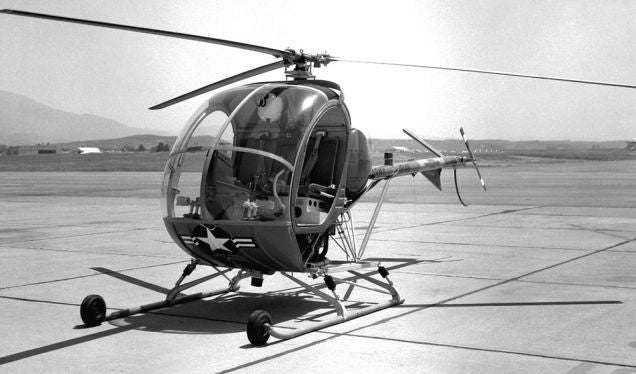
October 2, 1956 – The first flight of the Hughes TH-55 Osage. Development of the Osage began in 1955 when Hughes identified a market for a low-cost, lightweight two-seat helicopter and began work on their Model 269. Though the Army initially chose not to adopt the 269, they showed a renewed interest in the improved Model 269A, and adopted it in 1964 as the primary training helicopter to replace the !!!error: Indecipherable SUB-paragraph formatting!!! . By the time the Osage was replaced by the !!!error: Indecipherable SUB-paragraph formatting!!! (“Huey”) in 1988, more than 60,000 Army pilots had trained on the TH-55. The civilian Model 269/300 is used for transport, observation and agricultural spraying. A total of 2,800 were produced from 1961-1983.
!!! UNKNOWN CONTENT TYPE !!!
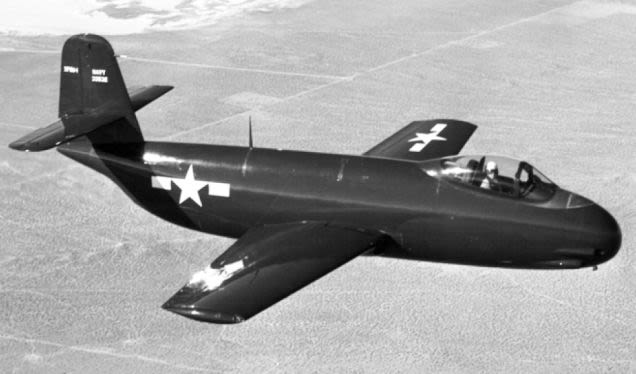
October 2, 1946 – The first flight of the Vought F6U Pirate, the first jet fighter built by Vought for the US Navy. In September 1944, the Navy announced a specification for a single-seat fighter built around the !!!error: Indecipherable SUB-paragraph formatting!!! turbojet engine. To save weight, the Pirate was constructed of “Metalite,” balsa wood sandwiched between layers of aluminum. But the Pirate was woefully underpowered and, even after the installation of a more powerful engine, the Navy’s !!!error: Indecipherable SUB-paragraph formatting!!! stated, “The F6U-1 had proven so sub-marginal in performance that combat utilization is not feasible.” The 30 production Pirates racked up only 945 hours of total flight time, and some had a mere six hours on the airframe, just long enough to certify the aircraft for acceptance and ferry it to its final resting place.
!!! UNKNOWN CONTENT TYPE !!!
!!! UNKNOWN CONTENT TYPE !!!
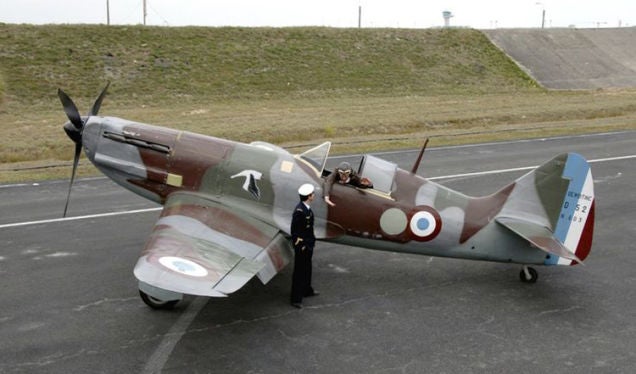
October 2, 1928 – The first flight of the Dewoitine D.520, a French fighter that entered service soon after the beginning of WWII. The D.520 was designed to compete with modern fighter aircraft and was fitted with !!!error: Indecipherable SUB-paragraph formatting!!! 12-cylinder engine, the most powerful engine available to the French at the time. Though slower than its chief adversary, the !!!error: Indecipherable SUB-paragraph formatting!!! , the D.520 was more maneuverable, and proved nearly a match for the German fighter. After the fall of France, the D.520 continued to be flown by both the !!!error: Indecipherable SUB-paragraph formatting!!! Air Force and the !!!error: Indecipherable SUB-paragraph formatting!!! Air Force, and production was restarted in 1942 to serve the Luftwaffe and German allies. The D.520 saw combat in North Africa, Bulgaria, and on the Eastern Front, and was ultimately retired in 1953 after roughly 900 had been built.
!!! UNKNOWN CONTENT TYPE !!!
Connecting Flights
!!! UNKNOWN CONTENT TYPE !!!
!!! UNKNOWN CONTENT TYPE !!!
!!! UNKNOWN CONTENT TYPE !!!
!!! UNKNOWN CONTENT TYPE !!!
!!! UNKNOWN CONTENT TYPE !!!
If you enjoy these Aviation History posts, please let me know in the comments. You can find more posts about aviation history, aviators, and aviation oddities at !!!error: Indecipherable SUB-paragraph formatting!!! .
!!! UNKNOWN CONTENT TYPE !!!
 user314
> ttyymmnn
user314
> ttyymmnn
10/02/2020 at 13:00 |
|
“OK, so ‘Top Gun’ made serious bank, and ‘Iron Eagle’ wasn’t terrible. We want to do another movie, for the Army this time.”
“They’ve got a new helicopter, a real whiz-bang machine!”
“Brilliant! But no Arabs this time; who else can we go after?”
“How about druggies? We can tie it into DARE, that’ll get the government on board.”
“Awesome, sounds like a winner!”
 ttyymmnn
> user314
ttyymmnn
> user314
10/02/2020 at 13:46 |
|
Well, it worked for Clear and Present Danger . I’ve never seen Fire Birds . I’m not much of a Nick Cage fan.
 user314
> ttyymmnn
user314
> ttyymmnn
10/02/2020 at 14:14 |
|
I mean, it’s basically Top Gun, But With Apaches. Plot’s kinda meh, but pretty good footage of AH-64s and OH-58s. It’s fun watching Nick go apeshit in the sim though.
 Jayvincent
> ttyymmnn
Jayvincent
> ttyymmnn
10/02/2020 at 19:53 |
|
can y ou believe the F-86 Sabre is a few measly years after WW2? That gorgeous airframe was at least 20 years ahead of its time!
 ttyymmnn
> Jayvincent
ttyymmnn
> Jayvincent
10/08/2020 at 10:47 |
|
Let’s see, we have the Germans to thank for out swept wing fighters, we have the Germans to thank for our space program.....